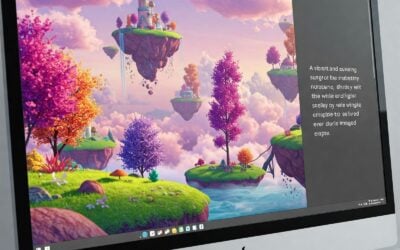Many traditional biology class frameworks require students to memorize terms and processes. The IBIS (Integrating Biology and Inquiry Skills) curriculum is different. It asks students to collaborate with others to facilitate and take charge of their own learning. They take charge through experimentation, inquiry, and critical thinking activities. Since the IBIS curriculum has such a large focus on fostering these skills, lectures are minimal. The majority of learning is student-centered.
Student-Centered Learning: What’s the Fuss?
Student-centered learning shifts the focus of learning from instructor to student. Students face scenarios and problems crafted by instructors. Each scenario requires hands-on learning that pushes students towards a specific learning outcome. They must collaborate, hypothesize, experiment, and reflect. Students take control of their learning which, in turn, increases student buy-in and learning.
Additional Benefits
The student-centered approach of IBIS is enough to set it apart from other traditional approaches. On top of that, there are other factors that make it so unique:
-
Backward Design:
IBIS starts with learning outcomes. From there, each subsequent piece is designed with each learning outcome in mind.
-
Engaging Scenarios:
Scenarios get students interested right from the start. They invest in their learning and can see how each scenario directly relates to their future careers.
-
Scaffolded Learning:
Since scenarios are at the core, students explore multiple concepts at their own pace. They have access to as much or as little assistance as they need.
-
Increased Learning Gains:
Students are forced to take control of their own learning. When they are fully engaged and connected to their learning, they’re going to both learn and retain more.
-
Collaborative:
Students work together as they learn. They gain and offer ideas to their peers. Those opportunities offer added learning experiences.
Can IBIS be Replicated?
In a word, absolutely. Since IBIS focuses heavily on scenarios, it’s easy to implement in other areas, such as health services learning.
Download this checklist to help plan and design a higher ed course

Here are just a few ways it can be used in other areas.
- Present medical students with a crowded ER situation and ask them to prioritize patient needs
- Ask audiology students to diagnose a patient based on a series of test results
- Provide dentistry students with patient symptoms and ask them how to proceed
The beauty of IBIS is its core features. Student-centered learning and scenarios can easily be applied to any area of study. More importantly, students deepen their understanding. They retain what they’ve learned and carry that learning into their future careers.
Changing an existing curriculum to be more student-centered may seem like an exhausting task. Here’s a checklist that can help you navigate through the process. If you’re still feeling lost, A Pass is here to help. We can provide expert guidance to help you develop a student-centered curriculum tailored to your students’ needs.




